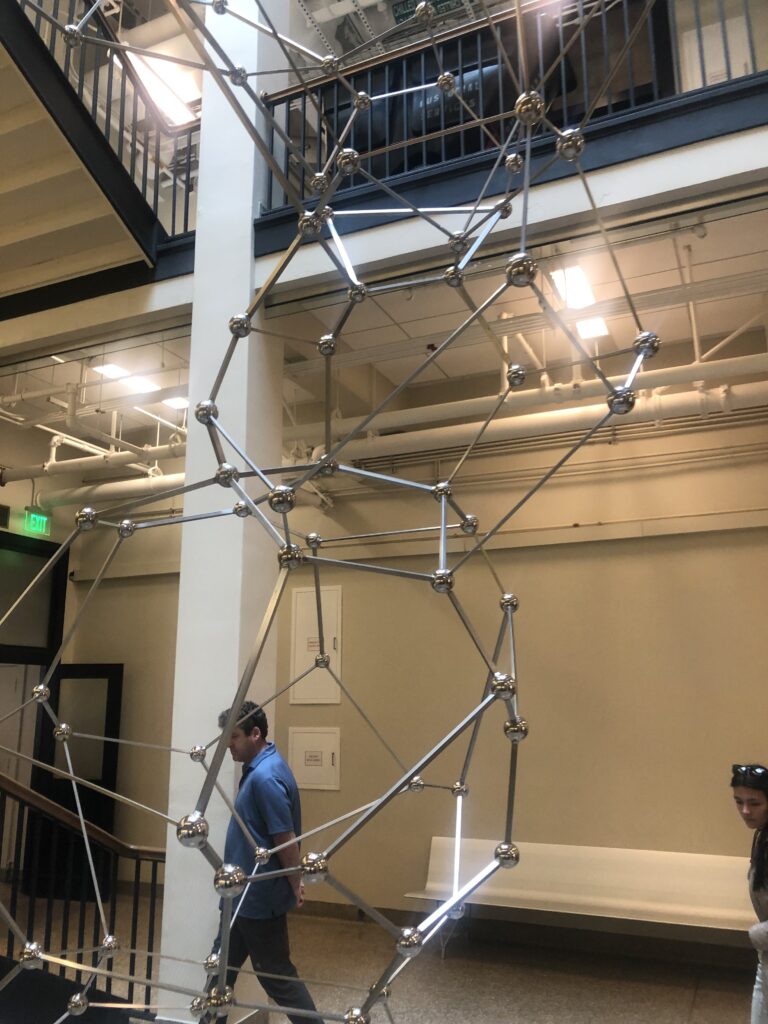By Sue Luse
MIT has serious name recognition. Everyone has heard of MIT and immediately associates it with some of the brightest minds in science, math and technology. It isn’t for applicants who have a passing interest in a subject but deep passion and engagement beyond high school courses that they can demonstrate on their applications. MIT students are described as inventive, obsessed and talented, if not a little quirky. In other words, MIT is for the nerdiest of nerds – and its students proudly own this distinction.
I visited MIT on a beautiful day last spring as part of a tour of many Boston colleges and universities. My guide reinforced the idea that an MIT education is all about collaboration and hands-on projects meant to advance knowledge and serve society. In fact, MIT’s motto – Mens et Manus, or Mind and Hand – embodies this emphasis on intellect as well as craftsmanship, and a “learning by doing” philosophy is at the heart of all its programs.



True to this mission, upon graduation, MIT grads typically have completed three projects, some of them paid, through experiential learning opportunities. Understandably, research is also a big part of the MIT experience, and undergrad research starts the semester you arrive. According to MIT’s website, “through MIT’s Undergraduate Research Opportunities Program (UROP), more than 85% of undergraduates enrich their education through engaging in frontline, faculty-led research.”
For all of its emphasis on science and technology, MIT also takes the arts, humanities, and social sciences seriously, and its curriculum demonstrates deep regard for the intersection of these disciplines and STEM. Its General Institute Requirements include a six-course science core; eight courses in the humanities, arts and social sciences; and 8 credits in physical education. First-year grading is designed to ease the transition from high school to college. Students start with Pass or No Record grading during the fall and transition to A, B, C or No Record grades for spring. Standard A-F grading begins sophomore year. There is an IAP term in January, which means students get the month off for flexible, independent learning..
Fast Facts about MIT:
- Students take 4 classes each semester
- Calc, physics, chemistry and biology are required
- 8 humanities courses are required
- 70% of students come from public schools
- There are 500 student clubs on campus
- 20% of students are varsity athletes
- The average starting salary for an MIT grad is $104,617
The MIT application
MIT is not on the Common App. Instead, it uses its own system called MyMIT. Its admissions process is holistic, which means it takes into account factors besides academic merit. One of the most important factors is character, which you can demonstrate throughout your application. For example, MIT’s short essays prompt you to write about community, diversity and challenges. What you do for fun is also important, and there is only space to highlight four activities, so quality trumps quantity. Consider what you put your heart into, and write authentically – not with the goal to impress admissions. They truly want to know! You should submit one letter of recommendation from a STEM teacher and one from a humanities, social science or language teacher. Test scores are self-reported and required, and admissions likes to see perfect scores in math. MIT does superscore.
After you submit an application, you will be contacted for “more of a conversation than an interview”, according to my tour guide. It can be virtual. MIT is 100% need blind and it does not offer scholarships. You will receive your college decision on, appropriately, March 14, or pi day.
Campus Life
At MIT, housing works differently than on most campuses. There are 11 dorms, but no traditional “freshman dorms”, and students select where they want to live. Most have cooking and dining areas, and cats are allowed in two of the halls. First-year students must live on campus, and 90 percent of students stay on campus all four years. The Greek system is popular at MIT, and there are 26 fraternities, 10 sororities and five independent living groups, which are co-ed fraternities and coop houses, each with their own unique culture.
MIT’s website sums up the vibe of its campus well: “We are fun and quirky, elite but not elitist, inventive and artistic, obsessed with numbers, and welcoming to talented people regardless of where they come from.”
Interested in adding MIT to your college list? Contact your College Expert counselor to learn more.



